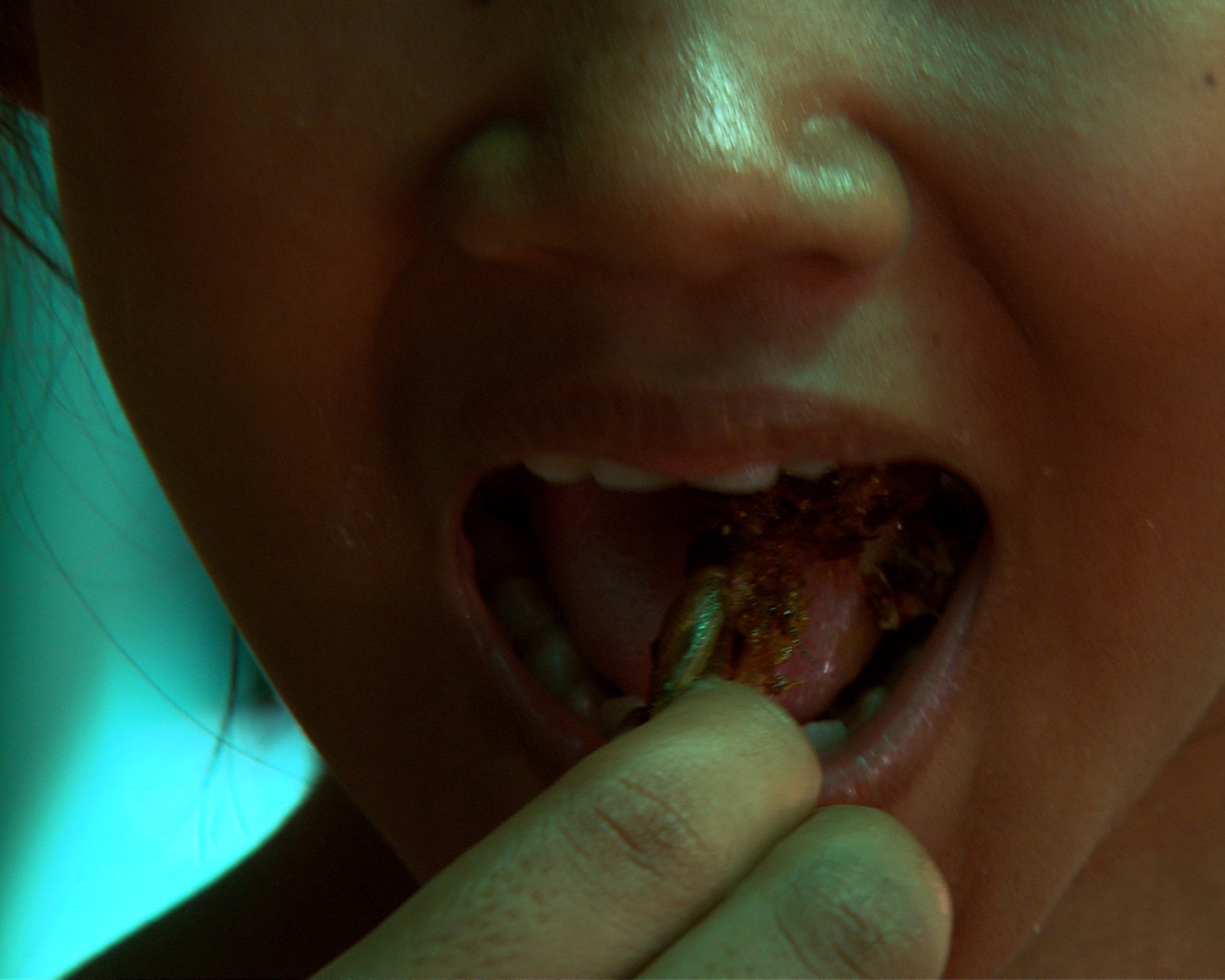Snap, crackle, chirp: Crickets and the future of food
Next time you head to a fancy restaurant for dinner, cricket cavatelli might be one of the menu options, served alongside a hearty mealworm soup and tangy fried tarantula. It might sound revolting at first to picture insects as food rather than annoying creepy-crawlies, but the logic behind it is sound and buzzes with promise.
The idea of eating insects because of their rich source of nutrition and protein is at the heart of Bugs on the Menu (2016), scheduled to air on CBC’s documentary channel in October.
The film explores how insects are currently used as an alternative food source in different cultures in places like Mexico and South Africa.
Produced by Ian Toews and Mark Bradley from 291 Productions, based in Victoria, B.C., the film hops across four continents in an effort to make a case for the human consumption of insects. The film looks at the economical, social and business aspects of bug consumption.
“Ian and I had a meeting, and he suggested insect protein as a possible [film] subject, and I was immediately disgusted,” said Bradley. “When I started looking around and researching, I realized that there were a lot of people in the US and Canada who were working on trying to normalize insect protein. It really opened my mind to other possibilities for feeding the world.”
According to the film, it is estimated that the world population will swell to over 9 billion people by 2050. Our methods for farming, agriculture and water dispersal are already unsustainable given the current the population size—they will not be able to provide for an even larger global population.
Enter the mighty bug, packing a big nutritional punch in a small package. The dietary wonders of insects are already well-known and touted by the United Nations. The UN Food and Agriculture Association even went so far as to publish a 200-page report in 2013, encouraging restaurants in the food industry to add insects to their menus as a way of reducing pollution, boosting nutrition and curbing world hunger.
The documentary takes an all-encompassing look at the insect industry, bringing in expert opinions as well as anecdotal evidence in support of insect consumption. The film provides statistics and nutritional comparisons between crickets, chicken and beef. The statistics on the feed-to-protein ratio is especially poignant—cows require on average 10 pounds of feed to produce one pound of protein, whereas crickets require only one and a half pounds of feed to produce the same amount of protein.
“Our company and I have always made films about important issues related to environment, human health [and] society,” said Toews. “I’ve always liked the films to show ‘another way’ to do things. Typically that means a ‘better’ way.”
Bradley hopes the film will engage the audience, and encourage them to think differently about insects. “We want the film to spotlight the issue of food security, and get people thinking about other sources of protein that are not as environmentally harmful as traditional proteins like beef,” Bradley said.
The film is successful in that it normalizes insect consumption through its footage and interviews. The documentary features experts on bug nutrition, the director of the National Institute of Food and Agriculture, and a host of startup, insect-based snack companies, resulting in a solid argument for the implementation of insect-based protein in Western diets.
According to Pat Crowley, an entrepreneur interviewed in the film and the creator of the insect-based protein bar, Chapul, one of out of every 10 people at the Michigan State University annual Bug Buffet were willing to try insects in 2012. Now, only four years later, only one out of 10 people refused at the 27th edition of the festival.
“There is a hurdle in people’s minds that they have to get over,” said Bradley. “But once they do get over their initial apprehension and try their first bite, and once they realize that insects are food just like anything else, people seem very open to the idea.”
In addition to looking at the present situation of raising insects and serving them in different kinds of dishes, the film also looks at the issues on the horizon if and when the mass production and consumption of insects begins. Before insects make the transition from a quirky and adventurous meal choice to an affordable commodity, there must be a modernization to the practice of harvesting bugs.
“We want the film to be part of the movement, part of the solution that is finding other sources of protein for humanity,” Toews said.
Bugs on the Menu airs on Oct. 11 at 9 p.m. ET and Oct. 16 at 9 p.m. ET/10 p.m. PT on CBC documentary channel.




